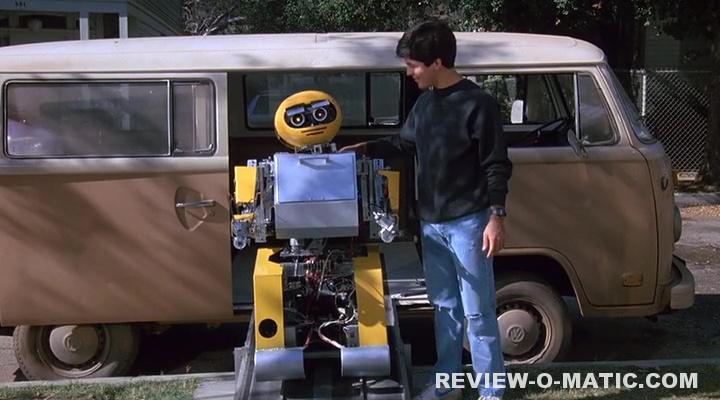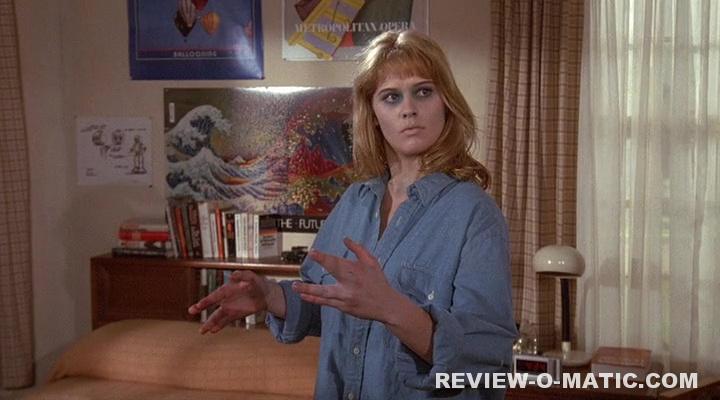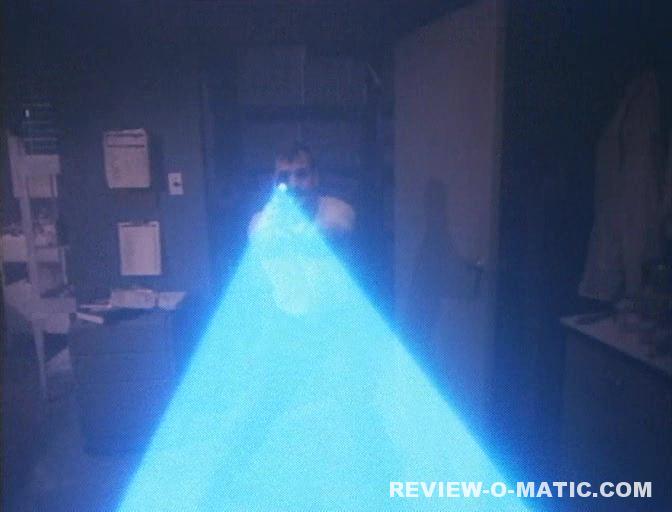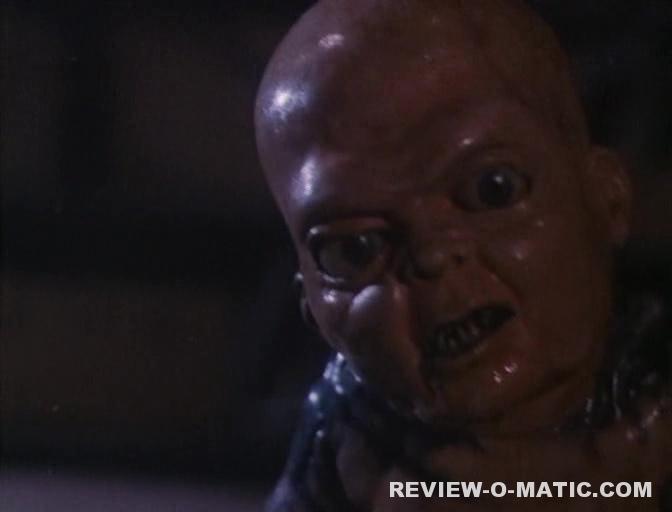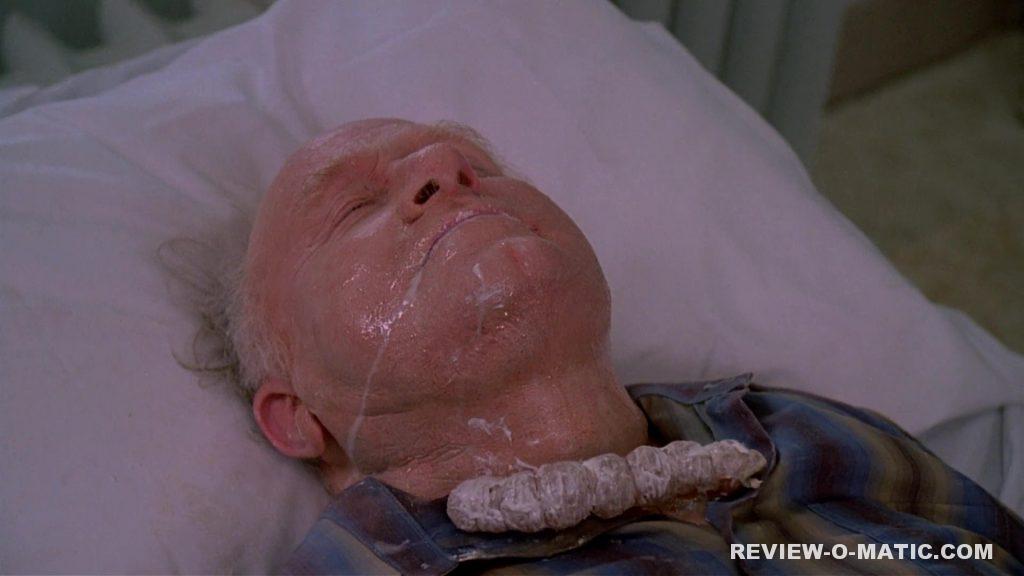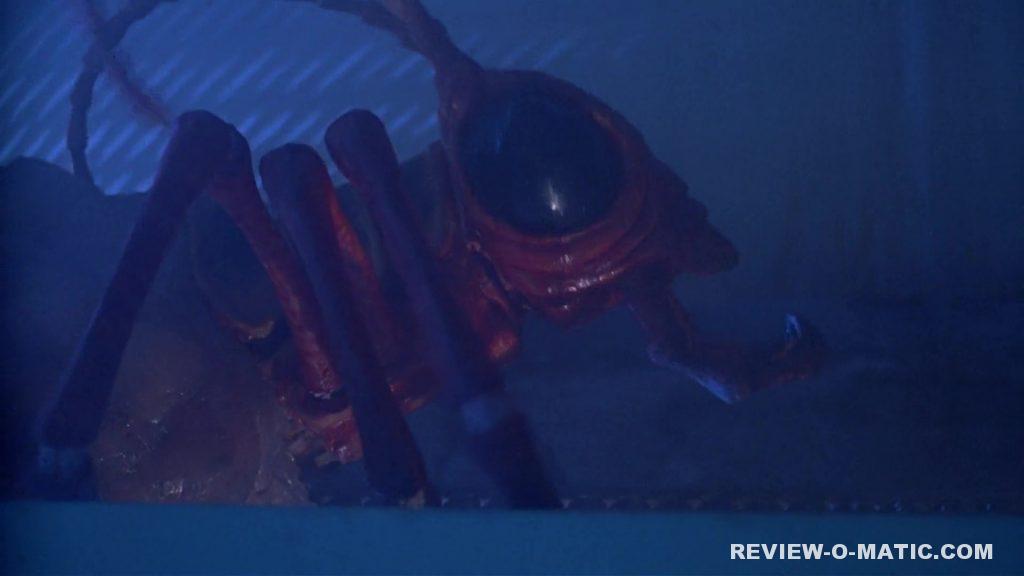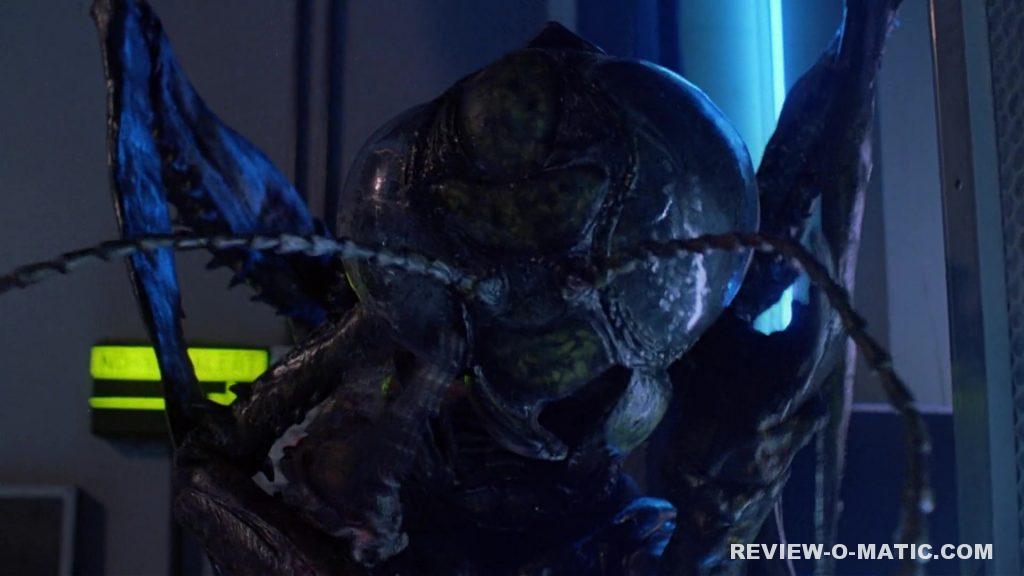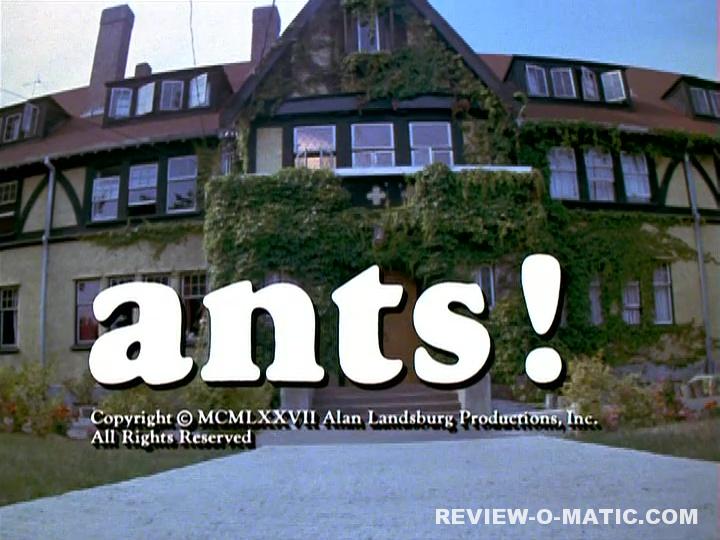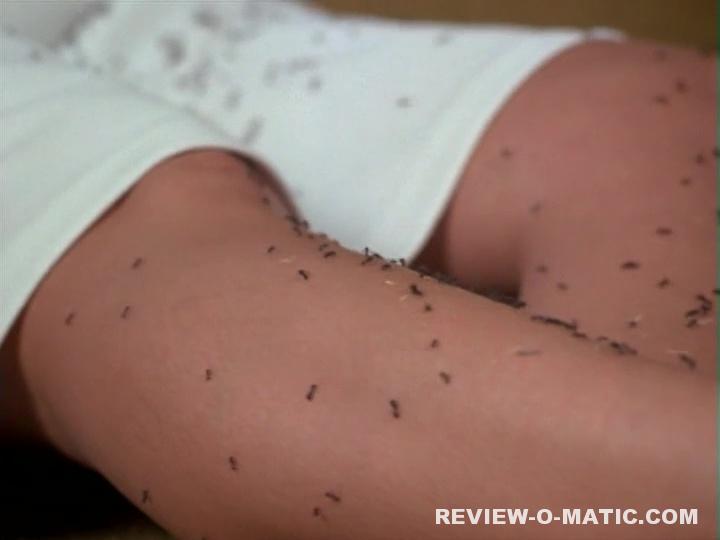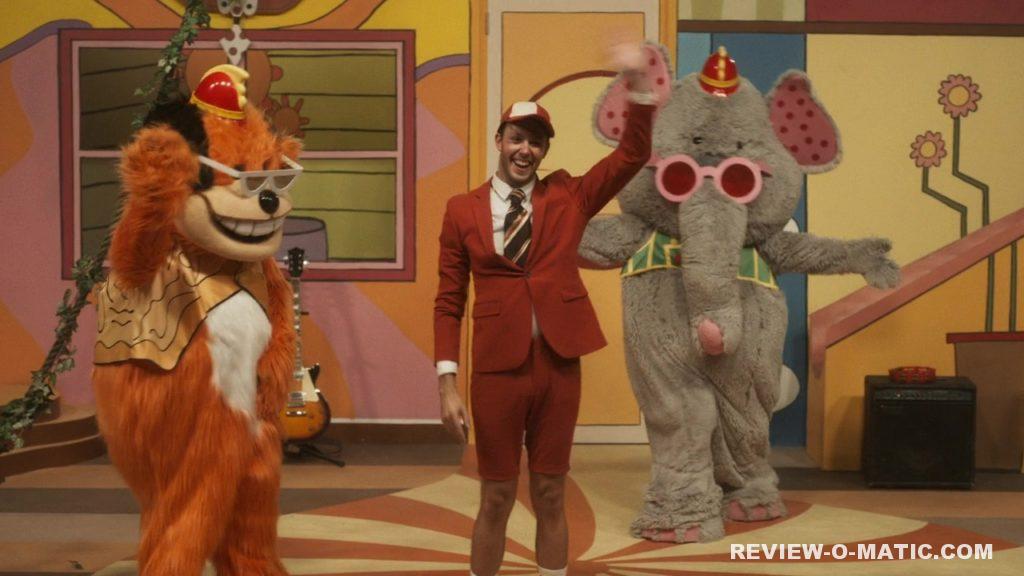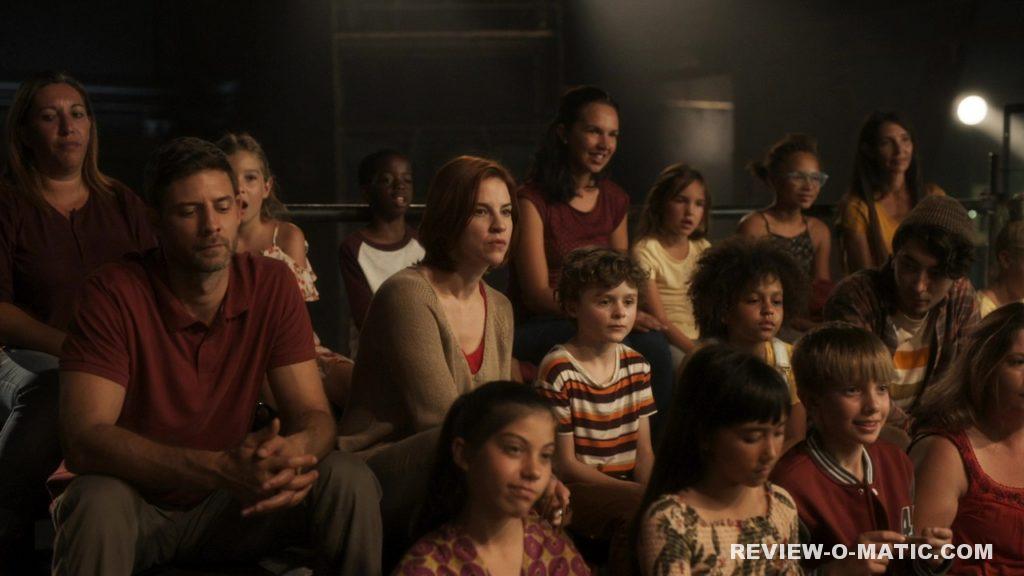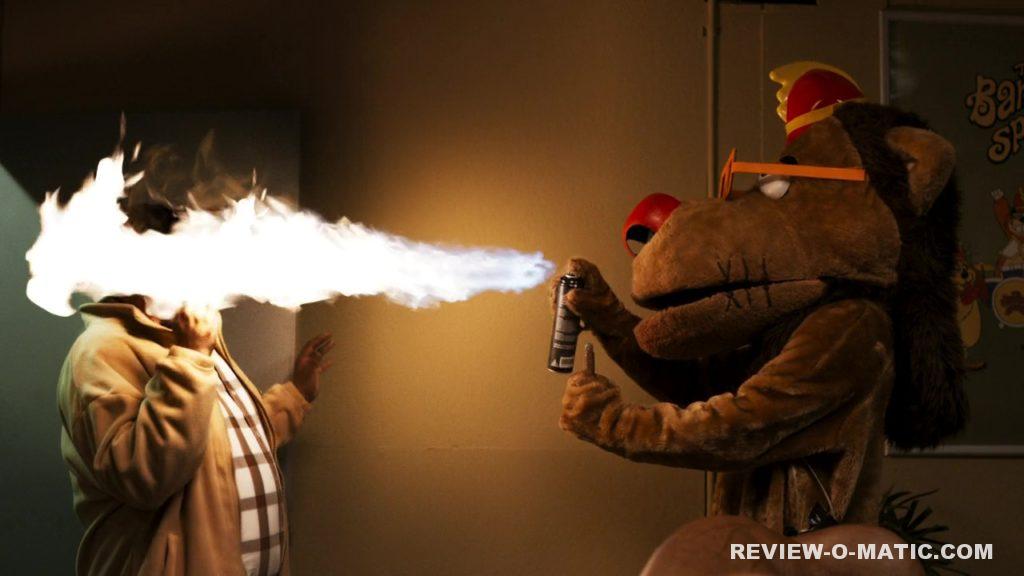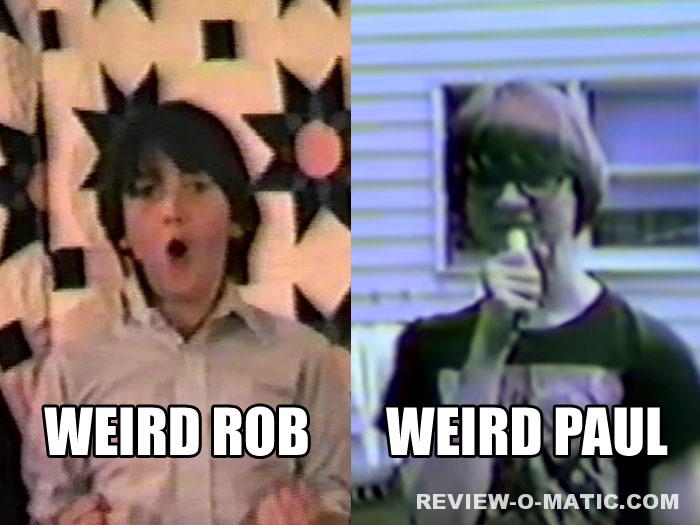
In the opening of Tattoos & Tequila, Vince Neil claims his dream job would be renting jet skis to tourists on a private beach. Sadly for him, Neil drew a short straw and somehow ended up as the lead singer for Motley Crue (one of the most popular and successful rock bands of all time) instead.
Tattoos & Tequila was the last memoir to be published by a member of Motley Crue. First was The Dirt, the ultimate sleazy tell-all book which was published in 2001 and has since been turned into a Netflix original film. Following that book, drummer Tommy Lee published his own book, Tommyland, in 2005; that was followed by bassist Nikki Sixx’s The Heroin Diaries in 2007. One might assume there’s not much blood left to squeeze from these four turnips, and for the most part you would be right — 2010’s Tattoos & Tequila adds little to the band’s overall lexicon. Instead, Neil mostly uses his platform to brag about his sexual conquests while making sure readers know just how much he hates the fellow members of Motley Crue.
Neil wastes no time in separating himself from his band mates. In the very first chapter, he clarifies that he’s no longer a member of Motley Crue. “These days I’m basically like a free agent,” he says. “I have a separate deal. I got out because I just didn’t want to deal with their bullshit anymore.” For decades, the Crue’s public image has been one of four inseparable members (Nikki Sixx often referred to the band publicly as a “gang”). If Neil is to be believed, much of that, especially over the past thirty years, has been little more than an act.
Still in the first chapter, Neil makes sure readers know that the guys in Motley Crue “are not my friends. And they haven’t been for a long time.” This theme continues throughout the book. “I just don’t trust Nikki,” he says later. “I don’t trust him. I don’t trust any of the guys in the band. Because they’re not trustworthy.” And later, in case you didn’t catch it — “We don’t really like each other anymore, maybe, but we’ve stayed together for the benefit of the kids.” Throughout the lows of Neil’s life — the DUI that killed his friend Razzle and injured two others, the death of his daughter, his multiple failed marriages — Neil is quick to remind readers that his three band mates never once called to console him. Particularly, the lack of emotional support he received from his band after the death of his daughter Skyler (who passed away at the age of four from cancer) still bothers him. “I know that feeds into my whole resentment of the band as well.”
Technically, Tattoos & Tequila was not written by Neil; it was orally dictated to author Mike Sager, who appears to have simply transcribed Neil’s words. Most of the book reads exactly how one might imagine Neil (a self-described “surfer dude”) actually speaks. Lots of sentences end with “you know?” or “whatever, dude.” The first few chapters are difficult to follow as Neil leaps wildly between topics, jumping back and forth between decades. It’s not until later when the chronological story line begins that things become easier to follow — and even then, many of Neil’s stories lead nowhere, trailing off with “I don’t really remember…”
Once the book begins to resemble a narrative, Neil spends 3/4 of it weaving through tales of sex, drugs, sex, concerts, sex, booze, sex, cars, and more sex. The notches in Neil’s bedpost number somewhere in the hundreds (or possibly thousands), and Neil repeatedly reminds readers of his type (“girls with a smokin’ bod and a nice rack”). There are more than a few humble brags (“Sorry I’m late, but I had to swap out my Ferrari for my Lambo”) and some not so humble (“I’ve always been stronger and in better shape than Nikki”). Most of the sexual encounters Neil mentions happened while he was married, which is why in different sections of the book we get to hear from his first, second, third, and fourth wives. Each time Neil cheats on one of his wives, he offers excuses like, “well, a girl came over and took her clothes off, what was I supposed to do?”
There’s an old saying about how money can’t buy happiness. No matter how much money the guy makes or how many exotic sports cars he buys, every couple of chapters another one of his wives is leaving him. In one chapter, Neil talks about how he’s the most popular guy in LA, throwing parties that last for weeks. A few pages later, he can’t get a single person to pick him up after he is released from jail. And if money can’t buy happiness, based on this book, it surely can’t buy class. Throughout the book, multiple people from Neil’s life including family members, ex-wives, and ex-band mates contribute to the narrative. Few of them have great things to say about the man. The last two interviews are with two of Neil’s grown children, both of whom say they largely communicate with their dad through text messages.
The beginning and ending of the book aren’t tales of old, but stories from the then 48-year-old (now 58-year-old) Vince Neil. It is there that he discusses his latest business ventures. Some of them, like Vince Neil Aviation and Feelgood’s Rock Bar and Grill, didn’t last the test of time, while others, like Neil’s own line of vodka and his tattoo shop located on the Vegas strip, are still around. In addition to his side ventures, Neil expresses a hope that someday his solo band will be as big as Motley Crue is. “I want to get to that next level,” he says in the final chapter. “I want to get to the Ozzy level. I want to headline arenas with my own band.”
At the time this book was published, Neil did not know how his own story would end. Despite his publicly stated disdain for his fellow band members, Neil continued touring with Motley Crue. In 2014, the band announced their Final Tour, signing an official “cessation of touring” agreement to take place by the end of 2015. Fortunately, I was able to attend the show in Oklahoma City.
The end of Motley Crue has allowed Vince Neil to pursue his dream of touring as a solo artist, where he mostly performing Motley Crue hits with a light sprinkling of his own solo songs throughout his sets. According to Vince Neil’s Facebook page, his next appearance will be at the 2019 Hair in the Fair festival, taking place at the Welland state fair in Ontario, Canada.
